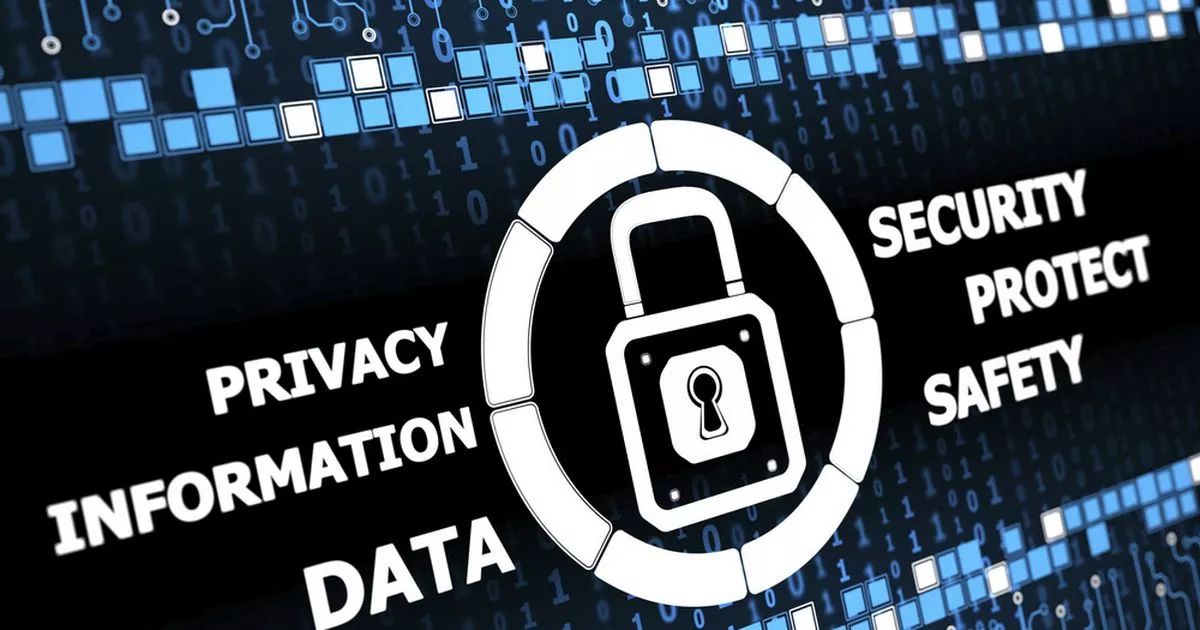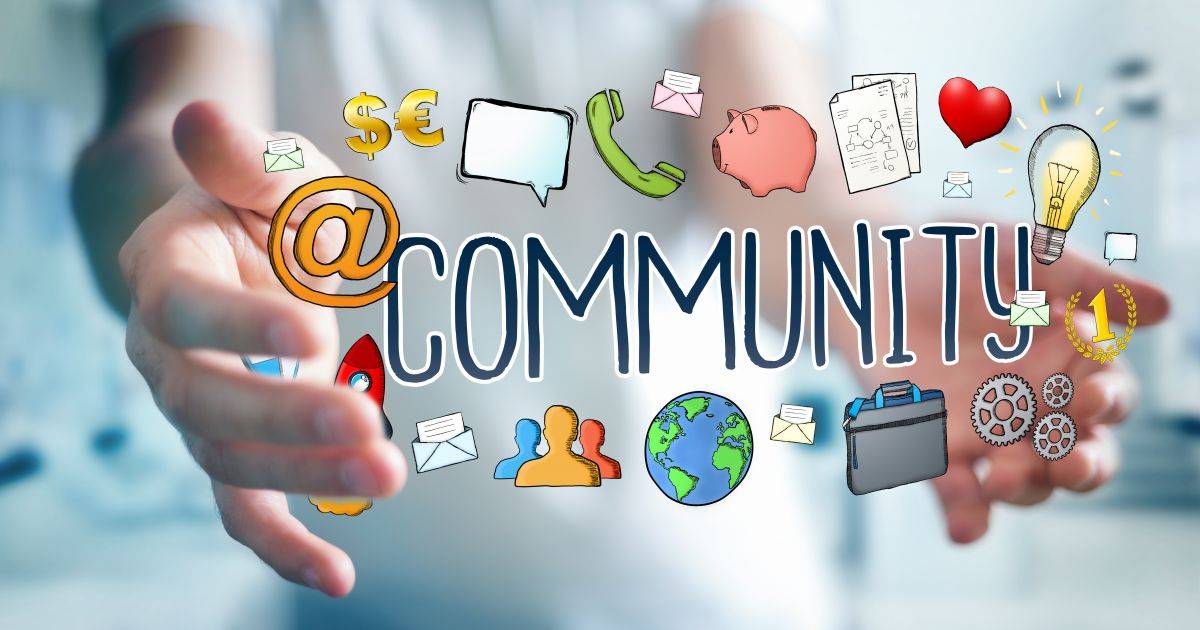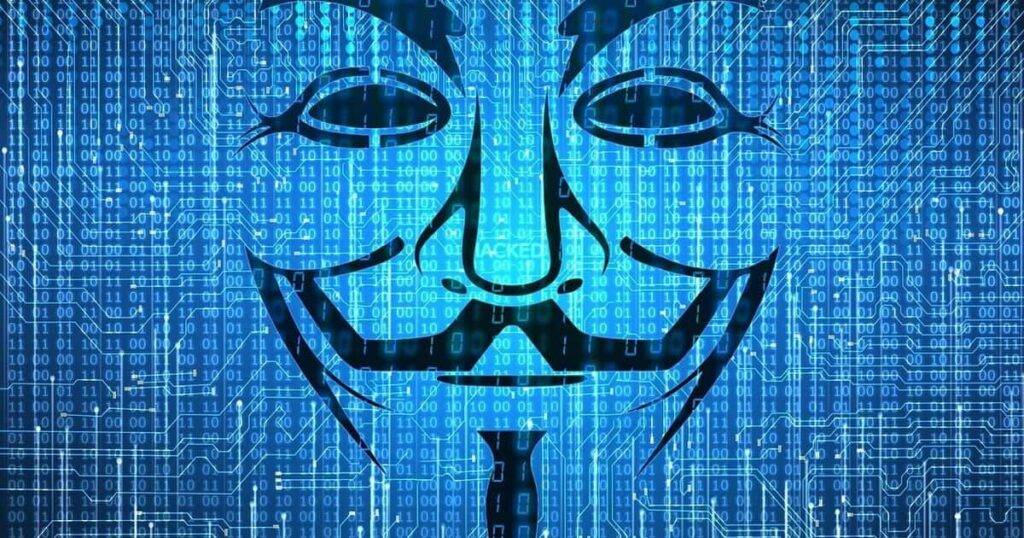
In the world of the internet, few names have sparked as much controversy as Anonib. Once known by its original form AnonIB.
This site grew from an obscure online image board into one of the most notorious destinations for non-consensual content sharing and invasion of privacy.
While some online users may remember it as a “free speech” image forum, the darker truth behind Anonib is much more disturbing. Over the years, it became infamous for its involvement in revenge porn, leaked photos and even illegal content distribution.
So what exactly was Anonib, how did it start and why does it keep reappearing under different names and domains? Let’s dive deep into its history, functionality, controversies and the critical lessons it teaches us about online privacy, consent and accountability.
The Origins and Evolution of Anonib (AnonIB)
The term “AnonIB” stands for Anonymous Image Board, similar in structure to other message boards like 4chan or 8chan, where users can post images and comments without revealing their identities. The earliest versions of AnonIB reportedly surfaced in the early 2000s, during the boom of anonymous posting culture.
At first, it seemed harmless, a digital corner for users to share memes, photography and community images. But like many unregulated forums, it quickly spiraled into a breeding ground for explicit content and doxxing.
By the late 2000s, AnonIB was no longer a casual message board. It became a hub for users who shared and requested intimate photos of real individuals, often without consent. The site’s simple layout, anonymity and minimal moderation allowed anything to be posted with little consequence.
The Rise of Controversy
AnonIB’s infamy exploded during the early 2010s, when news reports began linking the site to the distribution of stolen celebrity photos, many sourced from hacked iCloud accounts. During the massive 2014 incident known as “The Fappening,” images of celebrities were leaked online and AnonIB was one of the sites where many of those images were circulated and traded.
The Anonymous Culture
To understand AnonIB’s persistence, one must understand the mindset of anonymous communities. Anonymity can empower freedom of speech, but it also removes accountability. Without usernames or real identities, users feel emboldened to act without consequence. On AnonIB, this lack of accountability became a magnet for malicious behavior.
How Anonib Worked: Structure, Posting and Content Flow
At first glance, AnonIB looked like a standard image-board website, with various “boards” or categories based on topics or geographic regions. But under the surface, its true nature was far darker.
Thread and Board Organization
Each board represented either a region (like Texas, Ontario, UK, etc.) or a theme (Ex-Girlfriends, Amateur Photos, Private Snaps). Users could open threads requesting or sharing pictures of individuals from that area. For example:
- “Anyone have pics of girls from Boston University?”
- “Looking for nudes of Sarah from London.”
In many cases, users even posted the first name, school or workplace of their targets, essentially doxxing private citizens. This blurred the line between gossip and criminal exploitation.
Anonymity and Posting
No registration was required. Anyone could upload images or start threads using only a temporary ID. Because of this, tracking posters was almost impossible. The site rarely kept IP logs, and if it did, they were often deleted or encrypted to avoid law enforcement detection.
The uploading process was simple:
- Choose a board.
- Upload a photo or create a request post.
- Add a short comment or description.
- Submit, instantly visible to the world.
Content Moderation or Lack Thereof
While the site had “rules” against posting underage material or personal information, these were largely ignored. Moderation was minimal or nonexistent. Even when complaints were filed, takedowns were slow, inconsistent, or outright ignored.
This environment turned AnonIB into a repository of non-consensual images, some of which stayed online for years, even after victims begged for their removal.
The Dark Side of Anonib: Controversies and Dangers
What made AnonIB so dangerous wasn’t just the content, it was the culture it fostered. The site became synonymous with online harassment, exploitation and digital abuse.
1. Non-Consensual Image Sharing
The biggest controversy surrounding AnonIB was its promotion of revenge porn, explicit photos of people shared without their consent, often out of revenge or humiliation. Many users openly requested “ex-girlfriend” photos or bragged about sharing private pictures taken during relationships.
This type of content is illegal in most modern jurisdictions under non-consensual pornography (NCP) laws. Yet AnonIB continued to host it, hiding behind claims of “user-generated content.”
2. Privacy Violation and Doxxing
Users didn’t stop at sharing images, they often included personal details like names, addresses, workplaces, and social media links. This form of exposure, known as doxxing, put victims at risk of harassment, stalking, or blackmail.
Imagine waking up to find strangers discussing your body online—posting your name, location, and school. For many victims, this wasn’t a hypothetical; it was their reality.
3. Psychological Impact on Victims
The emotional toll was devastating. Victims reported:
- Panic attacks and anxiety
- Fear of leaving their homes
- Depression and self-isolation
- Damage to careers, education and personal relationships
One victim told reporters that she couldn’t go a day without wondering who had seen her pictures. Others described receiving anonymous messages or threats referencing the leaked images.
4. Law Enforcement Challenges
Despite growing reports, law enforcement often struggled to prosecute offenders. Because the servers were hosted abroad and users were anonymous, most cases ended without arrests. Police reports frequently cited reasons like “Evidential difficulties, suspect not identified.”
In 2021, the UK West Mercia Police confirmed multiple reports connected to AnonIB, yet most investigations ended unresolved. The same pattern repeated in the United States, Canada, and other countries.
Real-World Legal Cases Involving Anonib
To understand how seriously authorities viewed the site, it’s worth looking at some real legal cases that were directly connected to AnonIB.
Case 1: The iCloud Hacker (“icloudripper4you”)
One of the most high-profile cases linked to AnonIB involved a man known online as “icloudripper4you.” This hacker infiltrated the iCloud accounts of hundreds of women, stealing private and intimate photos. He later distributed many of them through AnonIB threads and similar forums.
In 2022, U.S. federal prosecutors sentenced him to nine years in prison, citing the sheer scale of his crimes, over 500 victims and 3.5 terabytes of stolen data.
This case was groundbreaking because it showed that digital footprints can eventually lead to real arrests, even on anonymous platforms.
Case 2: UK Investigations and FOI Reports
In the United Kingdom, several police forces, including West Mercia Police, logged dozens of incidents involving AnonIB between 2020 and 2021. These ranged from malicious communications to obscene publication offenses.
However, due to anonymity and the global nature of the internet, many investigations were dropped for lack of evidence. Still, it raised awareness of the legal gap surrounding online image boards and the need for stronger international cooperation.
How Victims Can Respond and Protect Themselves?
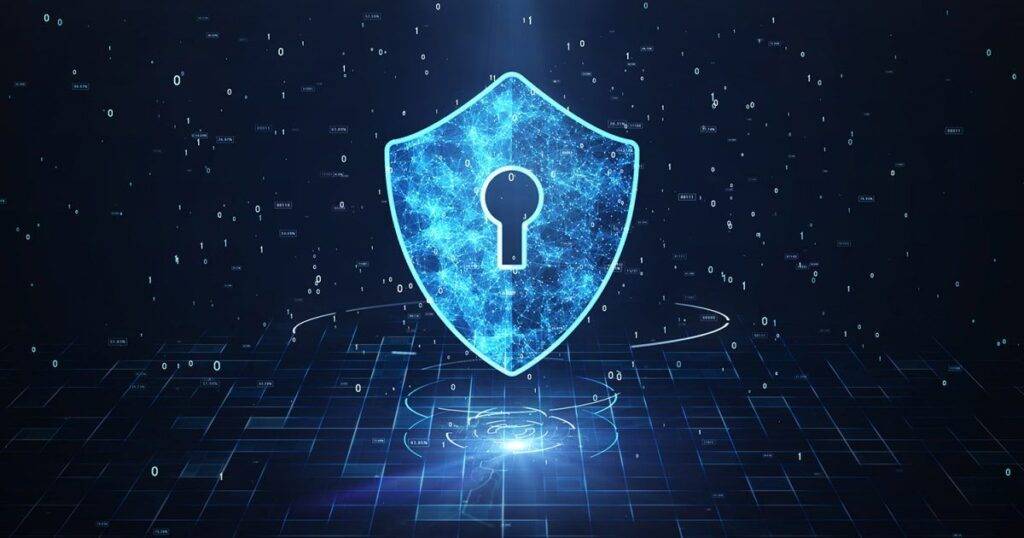
If you or someone you know discovers personal images posted on a site like AnonIB, there are concrete steps you can take. Acting fast increases the chance of removal and legal action.
Step 1: Document Everything
Before trying to remove the content, collect evidence:
- Take clear screenshots showing the URL, date, and image.
- Save HTML copies if possible.
- Record usernames, thread titles or identifying tags.
This documentation is crucial for law enforcement or legal proceedings later.
Step 2: Request a Takedown
You can send DMCA (Digital Millennium Copyright Act) takedown notices to the site’s host or domain registrar. While AnonIB may ignore these, hosting providers (like Cloudflare or Namecheap) are often more responsive when served with proper legal documentation.
You can find host information using WHOIS lookup tools or online privacy services.
Step 3: Contact Law Enforcement
Report the incident to:
- Your local cybercrime unit
- National hotlines for online exploitation (e.g., the CyberTipline in the U.S.)
- If you’re in the EU or UK, the Internet Watch Foundation (IWF)
Provide all documentation and emphasize that the images were shared without consent.
Step 4: File Search Engine Removal Requests
Google and Bing allow individuals to request the removal of non-consensual explicit content from their search results. This won’t erase the content from the web, but it makes it far less discoverable.
Step 5: Seek Legal and Emotional Support
Non-consensual sharing is not just a digital violation, it’s a psychological trauma. Victims should consider both legal counsel and counseling support. There are organizations like:
- Cyber Civil Rights Initiative (CCRI)
- BADASS Army (Battling Against Demeaning and Abusive Selfie Sharing)
Why Anonib Became a Global Issue?
Anonib didn’t just impact individuals, it became a symbol of the darker side of the internet. It represented the dangerous mixture of anonymity, voyeurism, and lack of regulation. Governments, journalists, and online privacy advocates began calling it a global issue because its influence stretched far beyond one website or one country.
- A Platform Without Borders
Unlike physical crimes, digital violations such as those on AnonIB transcend boundaries. A photo uploaded in Canada could be hosted on a server in Russia, viewed by someone in Australia, and shared again in the U.S. within seconds.
This cross-border nature makes it nearly impossible for a single nation’s laws to stop such acts. International collaboration is essential, but it’s often slow and bureaucratic.
- Law Enforcement Challenges
Even when authorities manage to locate the site’s hosting provider, they often hit a dead end because:
- Domains are registered through anonymous services.
- Hosting is offshore in countries with weak data protection laws.
- Operators move servers frequently.
- Mirror sites appear faster than old ones can be taken down.
The whack-a-mole effect continues. Every time one domain is shut down, multiple clones emerge using different TLDs (top-level domains).
- Social Media Amplification
Another major issue was how images from AnonIB would spread beyond the platform. Users often re-shared leaked photos on Twitter, Reddit, Telegram and Discord. These reposts magnified the harm, making it nearly impossible for victims to erase their images entirely.
SEO and Online Reputation Management: Recovering After Exposure
For victims or anyone whose name has been tied to AnonIB, online reputation management (ORM) becomes critical. The internet never forgets, but SEO can help push harmful links down in search results.
Step 1: De-indexing Harmful Pages
After filing removal requests with Google and Bing, it’s crucial to submit additional de-indexing appeals. Both platforms have specific options for “non-consensual explicit content.” Once approved, the URLs will be hidden from search results globally.
Step 2: Publishing Positive Content
Creating and publishing positive, high-quality content helps reclaim your online identity. Examples include:
- Personal blogs or portfolio sites
- Social profiles (LinkedIn, Instagram, Medium)
- News or guest posts that use your real name in a professional context
Search engines rank fresh, relevant, and trusted pages higher. Over time, this pushes harmful results lower.
Step 3: Engage a Reputation Management Expert
If damage is severe, ORM firms or digital agencies can help. They use advanced SEO tactics, backlinks, and indexing strategies to bury negative content effectively.
Step 4: Monitor Your Digital Footprint Regularly
Set up Google Alerts for your name, email, or common pseudonyms. This allows early detection of new leaks or reposts. The faster you act, the easier removal becomes.
Step 5: Legal Notices for Defamation
If the content involves false claims or impersonation, you can pursue defamation notices. Many hosting platforms and ISPs will comply when provided with valid legal documentation.
Step 6: Control Future Exposure
Use tools like privacy settings, two-factor authentication, and watermarking sensitive photos. Even a small layer of protection can deter misuse.
In today’s SEO-driven world, reclaiming your reputation isn’t just about damage control, it’s about strategically building trust online again.
The Psychology Behind Anonymous Communities
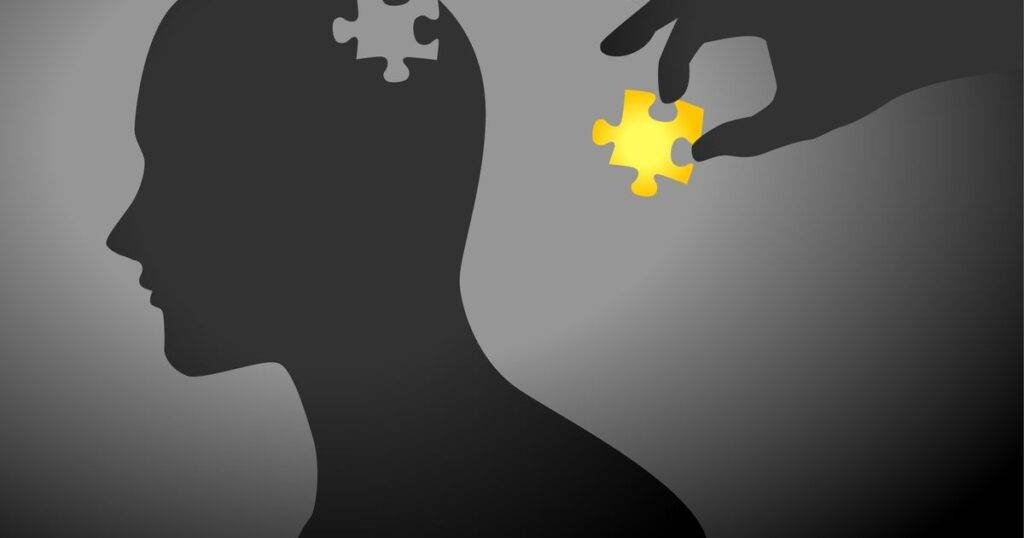
Understanding why platforms like AnonIB thrive requires a look at human psychology and online behavior.
- The Appeal of Anonymity
Anonymity can create a sense of freedom. People feel emboldened to say or share things they would never do under their real names. It removes social consequences, a double-edged sword.
Psychologists refer to this as the “online disinhibition effect.” Behind a screen, individuals experience reduced empathy and increased impulsivity. On sites like AnonIB, this effect spiraled into collective cruelty, where participants encouraged each other’s harmful behavior.
- Tribal Mentality and Group Validation
AnonIB’s users often acted as a tribe, reinforcing each other’s actions. Validation came in the form of replies, shares or praise even for unethical behavior. This group mentality normalized abuse, making it appear acceptable.
- The Desire for Control or Revenge
Many posters were ex-partners or acquaintances seeking revenge or validation after personal rejection. Sharing intimate photos became a twisted way of regaining control.
- Why Do People Watch or Participate?
Not every participant posted content. Many were lurkers, voyeurs drawn by curiosity. This “silent majority” helped sustain the site by creating demand, proving that even passive participation contributes to harm.
The Legal Landscape: Global Laws Against Sites Like Anonib
The persistence of platforms like Anonib has forced governments around the world to craft new laws against non-consensual image sharing and digital harassment. While legislation varies, the global movement toward online accountability is gaining strength.
United States
In the U.S., the legal framework against revenge porn differs by state. As of 2025, 48 states, Washington D.C., and Guam have criminalized the non-consensual distribution of intimate images. Federal lawmakers continue to debate nationwide regulations to fill remaining gaps.
United Kingdom
In the U.K., the Criminal Justice and Courts Act 2015 made revenge porn a specific criminal offense. It is illegal to share private sexual photos or videos without consent, with intent to cause distress. Later, the Online Safety Act (formerly the Online Safety Bill) strengthened accountability, targeting both individuals and hosting platforms that enable harmful content.
Asia-Pacific Region
Countries such as Japan, South Korea, and Australia have faced severe “digital voyeurism” epidemics and reacted with tough penalties.
- Japan’s Act on Prevention of Distribution of Private Sexual Images (2022) criminalizes both the sharing and possession of non-consensual images.
- Australia’s eSafety Commissioner can order global platforms to remove intimate material within 24 hours or face massive fines.
- South Korea’s “spy cam” laws extend even to secretly recorded images shared online.
The Future of Anonib-Type Platforms
The fight against AnonIB is far from over. Even though many domains have been shut down, the idea behind such anonymous image boards continues to re-emerge in new forms.
Shift Toward Decentralized Platforms
One of the biggest emerging threats is the rise of decentralized, blockchain-based hosting. These platforms store content across multiple nodes worldwide, making takedowns nearly impossible. If AnonIB were ever revived in such a system, even global law enforcement could find it difficult to eliminate.
Artificial Intelligence and Deepfakes
Another alarming trend is the intersection between AI technology and non-consensual imagery. Deepfake generators can create realistic, fake nude images of anyone using a single photo.
Some AnonIB clones already host “AI-generated leaks,” allowing users to upload photos of acquaintances and generate fabricated explicit images. This adds a chilling new dimension to privacy violations one where consent becomes almost meaningless.
The Push for Ethical AI and Digital Reform
Governments and tech giants are now working to regulate AI content creation. The EU AI Act and similar proposals in the U.S. will hold developers accountable for tools used in harassment or non-consensual pornography.
However, technology evolves faster than legislation. Without global coordination, the same cycle of abuse and evasion could repeat in more sophisticated forms.
Cultural Shifts and Awareness
The only sustainable solution is cultural change. Public understanding of digital consent is growing, thanks to social campaigns and documentaries exposing the human cost of online abuse.
Younger generations are more aware of privacy risks and more likely to demand ethical online behavior. This shift, combined with technological safeguards — offers hope for a safer digital future.
Lessons Learned from Anonib
AnonIB’s story teaches several vital lessons about the internet, privacy, and human nature.
Lesson 1: Anonymity Without Accountability Breeds Harm
Freedom of speech is valuable, but total anonymity can erode moral boundaries. The ability to speak without consequence often invites cruelty. Online communities must balance privacy with accountability mechanisms.
Lesson 2: Digital Actions Have Real-World Impact
For every “anonymous” post on AnonIB, there was a real person facing humiliation, trauma, and fear. What happens online doesn’t stay online — it follows people into workplaces, relationships, and mental health struggles.
Lesson 3: The Internet Never Forgets
Once an image is uploaded, it can spread infinitely. Even if a site is deleted, copies exist on mirrors, archives, or private collections. This permanence highlights the importance of prevention and vigilance.
Lesson 4: Education Is the Strongest Defense
Preventing digital exploitation starts with awareness. Teaching young people about online safety, digital footprints, and consent must become as standard as teaching them to drive or vote.
Lesson 5: We All Share Responsibility
Whether you’re a user, tech company, educator, or policymaker, everyone plays a part in shaping a respectful online world. Reporting harmful content, supporting victims, and refusing to engage in voyeuristic behavior all contribute to a safer internet.
FAQ’s
Is AnonIB still active?
Most known domains of AnonIB have been shut down, but mirror and clone sites appear periodically. Always verify URLs before visiting unknown image boards.
How can I remove my pictures from AnonIB or similar sites?
Send DMCA notices to hosts, report to search engines for de-indexing, and contact cyber-law specialists for formal takedown support.
What should I do if I find my image online without consent?
Document the content immediately, file legal reports and seek emotional support. Don’t engage with posters directly, act through official channels.
Can revenge porn victims sue AnonIB or its users?
Yes, if you can identify operators or uploaders. Civil lawsuits and criminal charges are both viable in many jurisdictions.
Will sites like AnonIB ever disappear completely?
Probably not, but with collective awareness, stricter regulation, and stronger moral culture, their influence can fade into obscurity.
Conclusion
AnonIB was more than a website, it was a mirror reflecting the consequences of unregulated anonymity. Its rise and fall illustrate how easily technology can be weaponized against privacy and dignity.
While law enforcement, activists, and tech companies continue to combat clones and mirrors, the ultimate solution lies in education, empathy and accountability. Protect your digital self. Question platforms that profit from exploitation.

